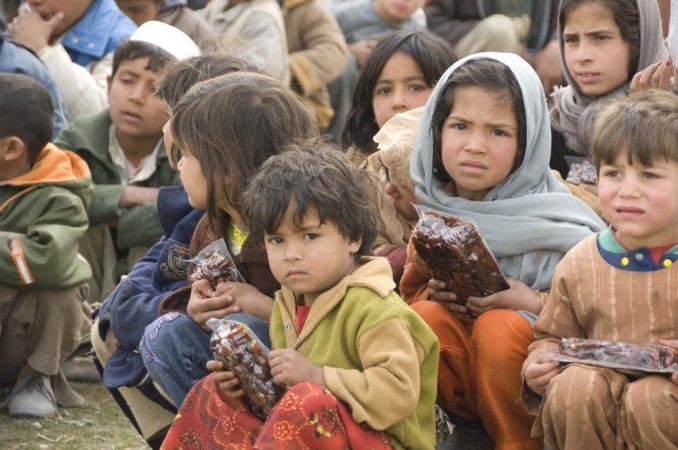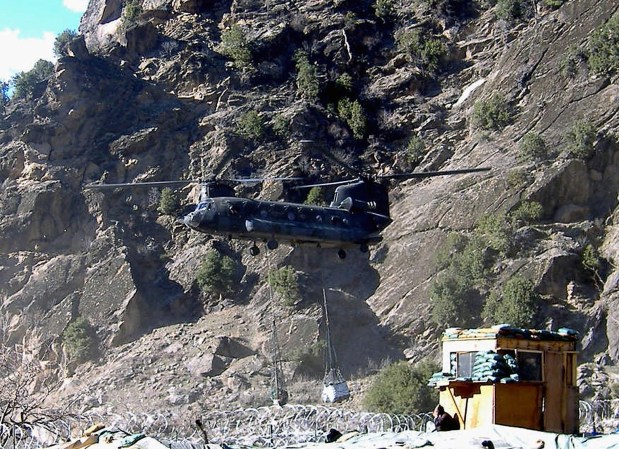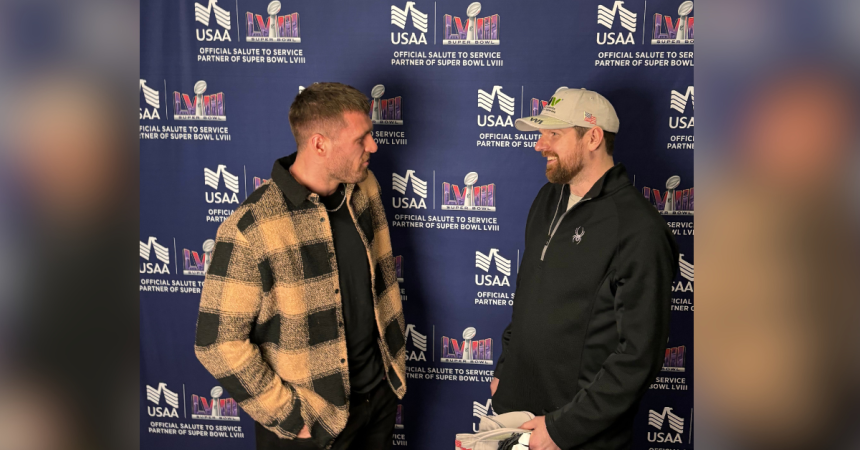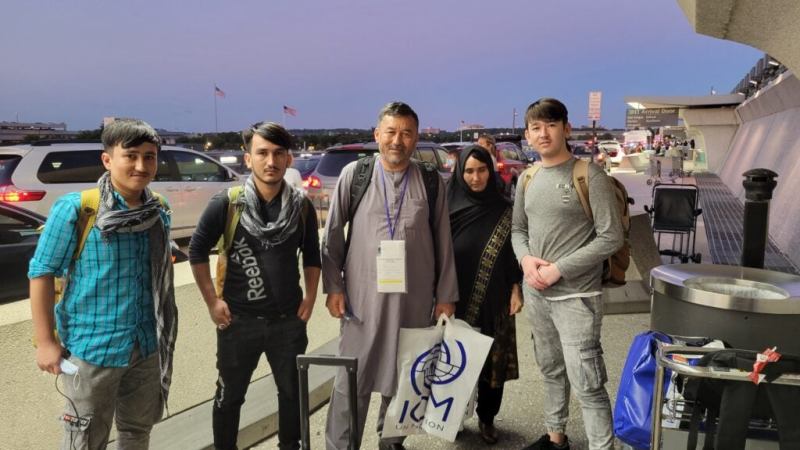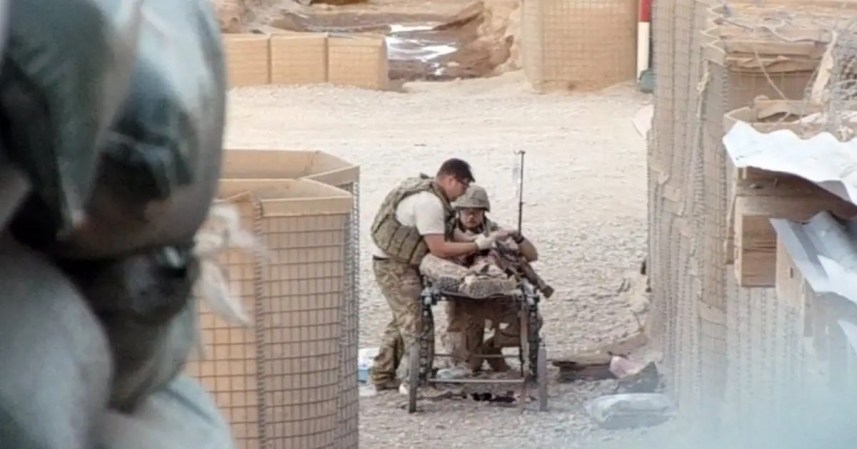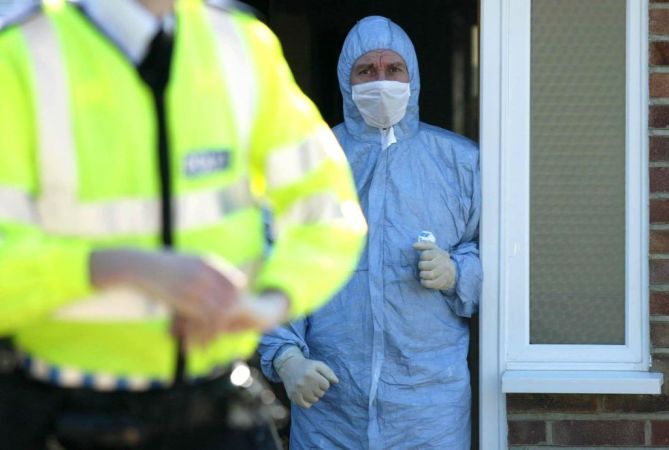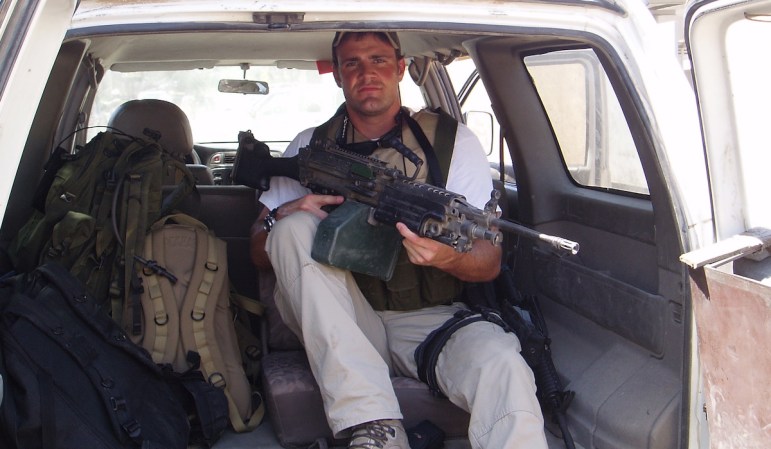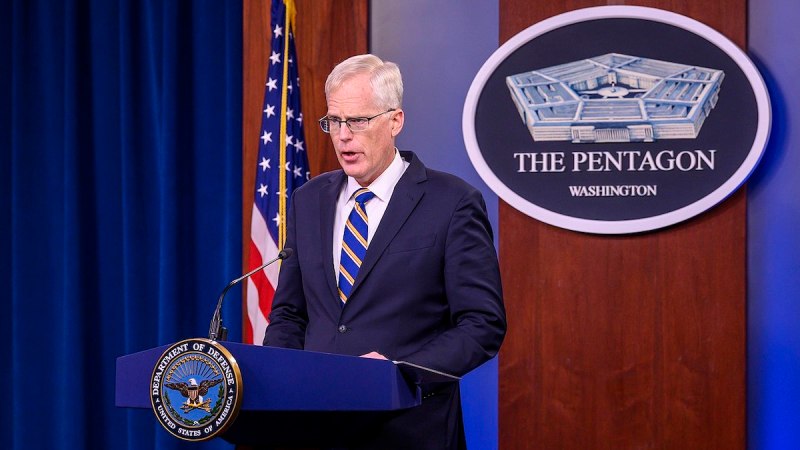During Operation Enduring Freedom, American troops weren’t just tackling the Taliban and al-Qaeda. A number of them were part of Provincial Reconstruction Teams. The term was a bit of a misnomer – in some cases, they weren’t reconstructing things, they were building things in one of the poorest countries in the world.
One of those troops in a provincial reconstruction team, or PRT, was Staff Sergeant Jason Fetty of the United States Army Reserve who was a pharmacy technician in West Virginia before he was called up and deployed to Khost province. According to a 2007 American Forces Press Service release, he had spent ten months working to build a new emergency room when he would have a fateful confrontation on Feb. 20 of that year.

“We build roads, build bridges, improve health care. The Afghan government doesn’t really have the means to fix itself by itself,” Fetty explained about the PRT’s mission.
Fetty had gotten to know many of the medical professionals at the time, and while on guard duty that day for the opening of the emergency room, he noticed an unfamiliar face. And that person “definitely didn’t look right,” Fetty later said.
“Every Soldier who has been in combat or been downrange knows when something is not right,” he later explained to reporter Donna Miles. “You can feel it. You can see it. It’s a general sinking feeling that things are not going to go right. You feel it in your gut.”

Fetty attempted to use verbal commands to force the intruder away, but the man grabbed his rifle by the barrel. At that point, Fetty began to maneuver the would-be murder-suicide bomber away, while others evacuated the assembled VIPs, including the governor of the province.
“It was either going to be me or 20 other people back there. …suicide bombers are next to impossible to stop. All you can do is limit the damage that they can do,” Fetty said. But after he got the would-be killer around the corner, things escalated. Accounts differed as to whether Fetty tackled the bomber or struck him with the end of his rifle, but there was a violent encounter that included Fetty shooting the terrorist in the lower legs.

Other troops soon started firing, and eventually, Fetty took three steps away and then made what he would call “a Hollywood dive” as the bomber’s explosives detonated. Fetty was peppered with shrapnel, as were some other American troops, but the bomber had been kept from his primary target – as well as the doctors who would staff the new emergency room.
For his actions, Fetty became the first Army Reserve soldier serving in Afghanistan to receive the Silver Star.




